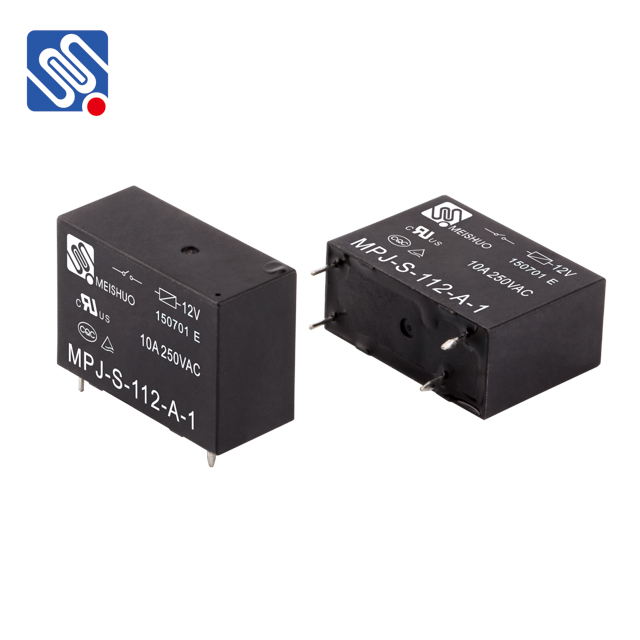relay procurement guide: key considerations for efficient sourcing
Release time:2025-05-24 11:33:27
When sourcing relays for any electrical system or device, it’s crucial to approach the procurement process with careful consideration to ensure that the chosen components meet the required specifications and performance standards. Relays are essential electrical components used to control circuits by opening or closing them through an electromagnetic or mechanical process. They are widely utilized across industries, from automotive to industrial automation, and even consumer electronics. This Relay Procurement Guide will walk you through the key factors to consider, best practices, and steps to make informed purchasing decisions that will optimize performance, reliability, and cost-effectiveness.

1. Understand the Relay Requirements
The first step in procuring a relay is to fully understand the technical specifications needed for the application. Relays come in various types, each suited to specific purposes. Whether you require a mechanical relay, solid-state relay, thermal relay, or another variation, knowing your application’s needs will help narrow down the choices.
Consider factors like voltage, current rating, switching capacity, and the nature of the load to be switched (AC or DC). For example, automotive applications may require relays with higher surge and inrush current handling capabilities, while industrial automation may prioritize fast switching times or durability. Always ensure that the relay you are procuring can handle the maximum operating conditions expected during the lifecycle of the product.

